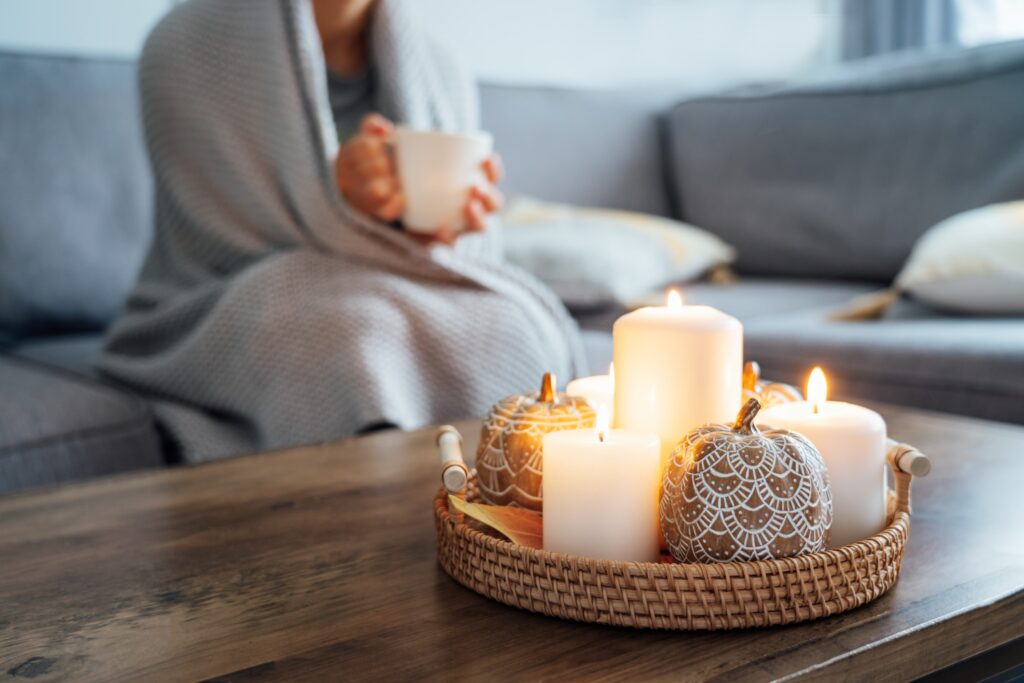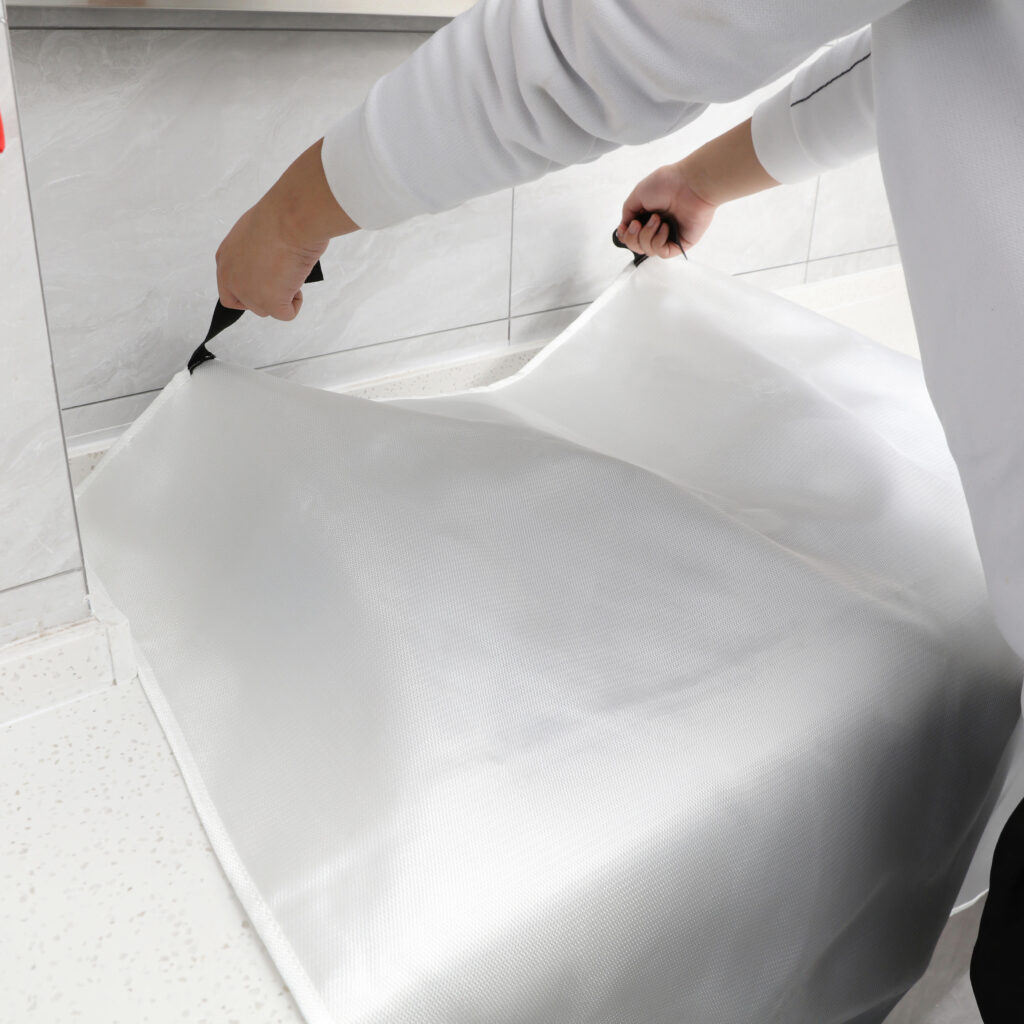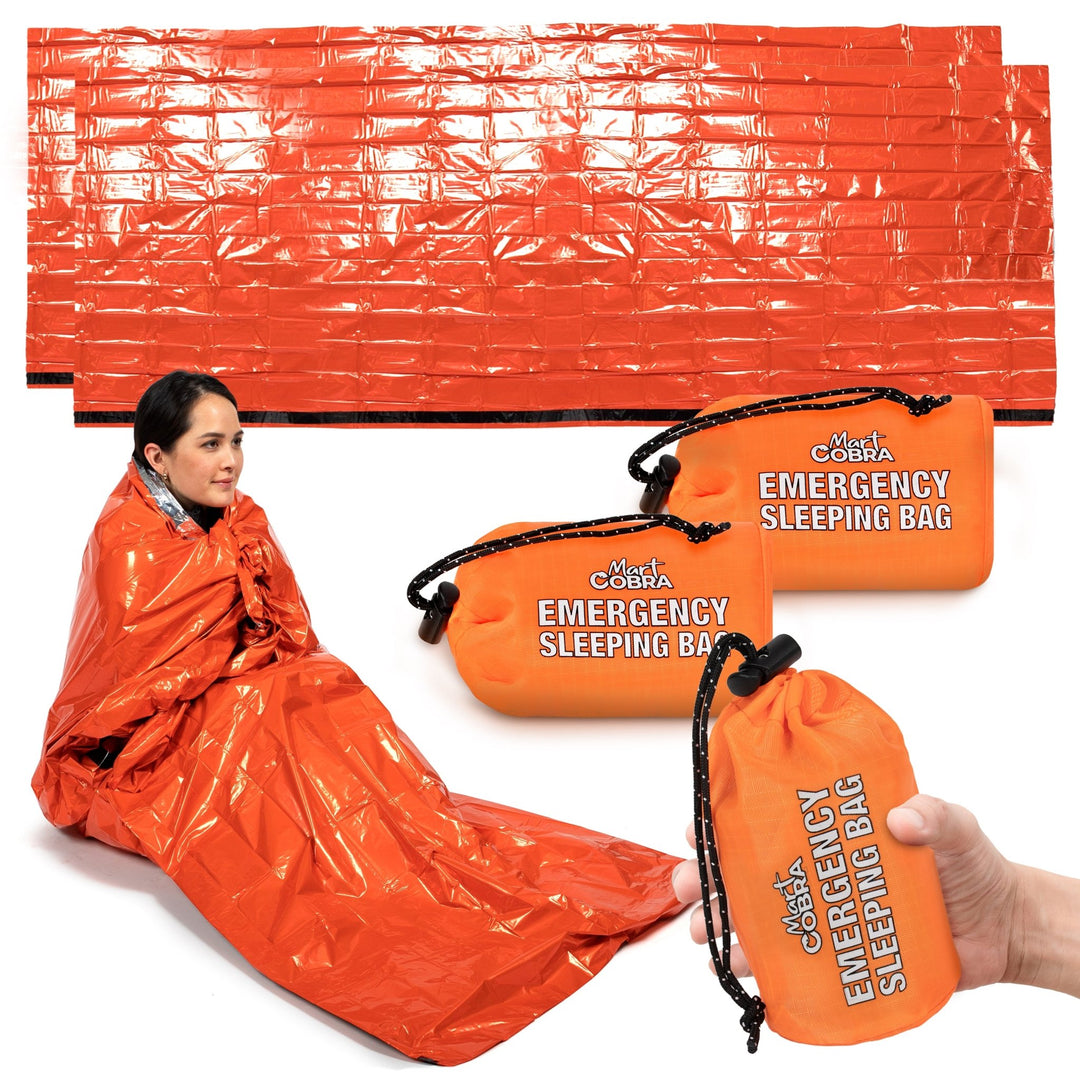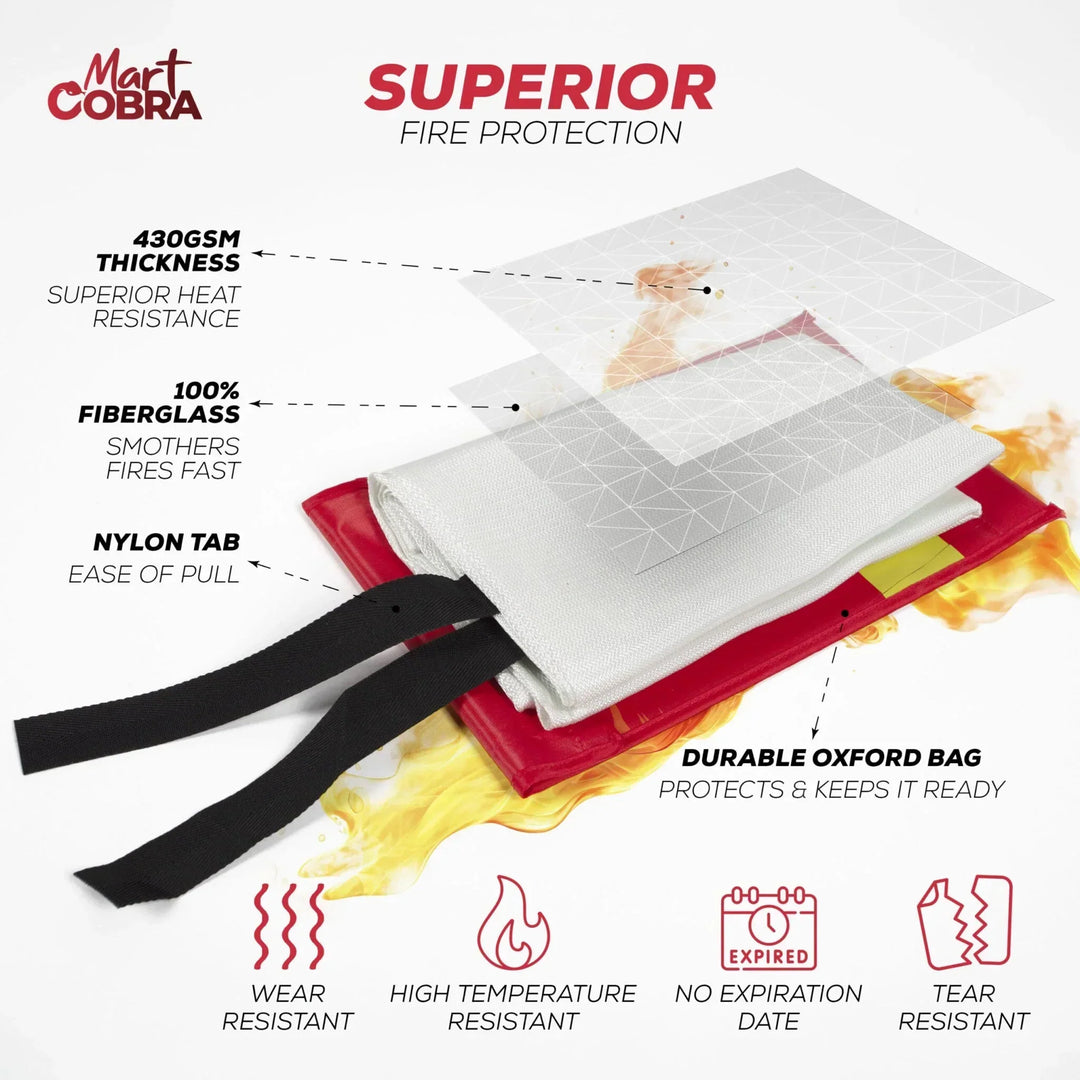Candles are more than just light sources; they create ambiance, evoke memories, and bring comfort to our homes. Whether you’re a homeowner looking to add warmth to your living space or a candle enthusiast eager to discover new scents, it's essential to prioritize candle safety. This blog post will guide you through practical candle safety tips, proper placement, and safer alternatives to ensure your home remains cozy and accident-free.



How Do Candles Start Fires?
For centuries, people have safely enjoyed candles. However, without proper precautions, candles can trigger a chain of events, leading to unnecessary injuries and even fatalities. TheNational Fire Protection Association (NFPA)reports that during the five-year span of 2018-2022, candles were responsible for 4% of reportedhome fires, 3% of home fire deaths, 6% of home fire injuries, and 4% of direct property damage in home fires. Candle fires ranked as the second leading cause of bedroom fires, the fifth leading cause of living room fires, and the eighth leading cause of civilian injuries in home structure fires. These incidents can arise from various factors, including:- Flammable materials: Candles should never be placed near flammable objects like curtains, bedding, or decorations that can easily catch fire.
- Unattended flames: Leaving candles unattended is a recipe for disaster. A gust of wind or a curious pet can knock them over and start a fire.
- Overheating: When a candle burns for an extended period, it can generate excessive heat, melting its container or igniting nearby objects.
- Poor placement: Incorrectly lighting a candle near combustible materials, like books or magazines, can cause the flame to spread quickly.

Essential Candle Safety Tips
Here are some practical candle safety tips to keep in mind before lighting up those candles:Never Leave a Burning Candle Unattended
One of the simplest yet most crucial candle safety tips is never to leave a candle burning when you leave the room or go to sleep. Extinguish all candles when you leave a room or before bed to prevent potential fire hazards.Keep Candles Away from Flammable Materials
Always ensure that lit candles are placed at least 12 inches away from anything that can catch fire. This includes curtains, furniture, and decorations. By maintaining a safe distance, you reduce the risk of accidental ignition.Use Candle Holders and Heat-Resistant Surfaces
Always use sturdy, non-flammable candle holders that can catch dripping wax and withstand the heat of the burning candle. Place the candle holders on a stable, heat-resistant surface to prevent the risk of a fire starting from a toppled candle.Trim the Wick
Keep the candle wick trimmed to about 1/4 inch to avoid large flames and excessive smoking. A shorter wick helps the candle burn more evenly and reduces the risk of the flame flickering or flaring up unexpectedly.Avoid Drafty Areas
Candles placed in drafty areas can cause the flame to flicker, leading to uneven burning or even blowing the candle out. Keep your burning candles away from open windows, vents, and fans.Follow Manufacturer Guidelines
To burn candles safely, always follow the manufacturer's instructions regarding burn time and safety precautions. Each candle is different and may have specific guidelines to ensure safe usage.Extinguish Properly
When extinguishing a candle, use acandle snuffer or gently blow out the flame. This prevents hot wax from splattering, which can cause burns or ignite nearby objects. Make sure the wick is no longer glowing before you leave the candle unattended.How To Deal with Candle Fires
Despite taking all necessary precautions, accidents can still happen. Being prepared and knowing how to handle a candle fire is crucial. Quick and decisive action can prevent a small flame from escalating into a full-blown fire. Here are some steps and tools to consider:Immediate Actions
- Stay Calm: Panicking can lead to rash decisions. Take a deep breath and stay as calm as possible.
- Assess the Fire: Determine the size of the fire. If it is small and contained, proceed with the steps below. If it is spreading rapidly, evacuate immediately and call emergency services.
- Evacuate: If the fire is too large or spreading quickly, do not attempt to put it out yourself. Evacuate all occupants safely.

Fire Blanket
Afire blanket is an essential safety tool for smothering small fires caused by candles. Made from fire-resistant materials such as fiberglass or Kevlar,fire blankets are designed to cut off the oxygen supply to the fire, effectively extinguishing it. Here’s how to use it for small candle fires:- Release the Blanket: Pull the tabs to release the fire blanket from its container.
- Cover the Fire: Carefully place or lay the blanket over the fire, ensuring it covers the flames completely.
- Leave Until Cool: Leave the blanket in place until it is cool to the touch. This ensures that the fire is fully extinguished.
Baking Soda
For small candle fires,baking soda can be an effective extinguishing agent. It works by releasing carbon dioxide when heated, which helps to smother the candle fire. Here’s what to do:- Grab the Baking Soda: Quickly grab a box or container of baking soda.
- Sprinkle It Over the Flame: Sprinkle the baking soda directly onto the flame, ensuring it covers all areas.
- Leave Until Cool: Leave the baking soda in place until it is cool to the touch. This indicates that the fire is fully extinguished.
Fire Extinguisher
A fire extinguisher is an essential household tool, especially for putting out small fires caused by candles. Be sure to keep one easily accessible and familiarize yourself with its proper use by following the manufacturer's instructions and guidelines. Varioustypes of fire extinguishers exist, but aClass B or Multi-Purpose extinguisher is best suited for candle fires. Here’s how to use it:- Remember P.A.S.S:Pull the pin, aim at the base of the fire, squeeze the lever slowly, and sweep from side to side.
- Assess After Use: After using a fire extinguisher, check to make sure that there are no remaining embers or hot spots. If necessary, repeat the process until fully extinguished.
- Leave Until Cool: Leave the area until it is cool to the touch. Monitor for any signs of re-ignition.
Seeking Professional Help
If the fire was too large to handle or if it caused significant damage, seek professional help. Contact your local fire department and ask for a post-fire inspection. They can assess the situation, provide safety recommendations, and help prevent similar incidents in the future.Important Tips
- Never Use Water: Water can cause hot wax to splatter and spread the fire. It might also react with certain materials, making the situation worse.
- Avoid Moving the Candle: If the fire is contained to the candle and its immediate surroundings, do not attempt to move it, as this could spread the flames.

The Importance of Candle Maintenance
Proper candle maintenance ensures you enjoy your candles safely and efficiently. A well-maintained candle not only lasts longer but also burns more safely and evenly. This section will discuss the importance of candle maintenance and provide practical tips on how to do it.- To maintain your candle safely, regularly check for signs of wear or damage. Inspect the wick and the candle container for cracks, chips, or other defects that could pose a risk. If you're using a candle with a glass container, ensure it is free from any damage, as a compromised container can lead to overheating and potential breakage.
- Excessive dripping can be a sign that your candle is not burning properly. This can occur if the wick is too long or if the candle is placed in a drafty area. By trimming the wick and ensuring the candle is on a stable, level surface, you can minimize dripping. If you notice persistent excessive dripping, consider transferring the candle to a different container or using a candle holder designed to catch the wax.
- If you're a frequent candle user, it's a good practice to rotate your candles to prevent any single candle from burning out quickly or unevenly. Allowing candles to cool down completely before relighting them can also prolong their lifespan and ensure they burn evenly.
- Another important aspect of proper maintenance is keeping candle containers clean. Residual wax and soot can accumulate, impacting the performance of your candle. Regularly clean the container with warm, soapy water after the candle has completely burned out or if you're transitioning to a new candle.
- When not in use, store your candles in a cool, dry place away from direct sunlight and extreme temperatures. Proper storage prevents discoloration and maintains the candle's performance.
Alternative to Candles: Flameless Options
If you're still worried about the potential hazards of candles, there are plenty of flameless options available on the market. Here are some alternatives to traditional candles that can help create a cozy atmosphere without the fire risk:- LED flameless candles: These battery-operated candles mimic real flickering flames without any heat or smoke.
- Electric wax warmers: These devices use light bulbs or heating elements to melt fragrant wax cubes and release pleasant scents into your home.
- Essential oil diffusers: Diffusing essential oils can provide relaxation and pleasant aromas without the fire hazard of candles.
- Battery-operated string lights: These versatile lights can be used to create a warm and cozy atmosphere without having to worry about an open flame.







